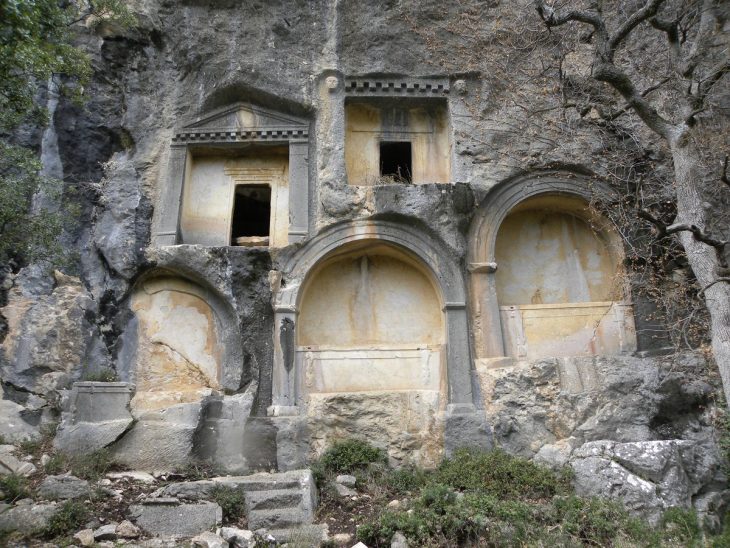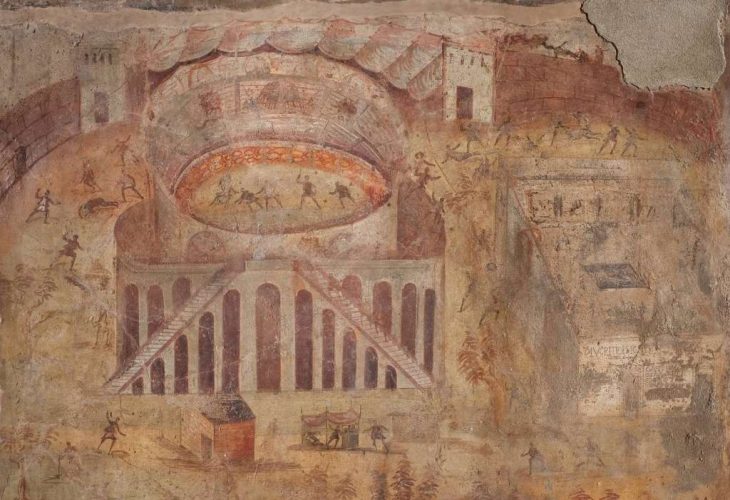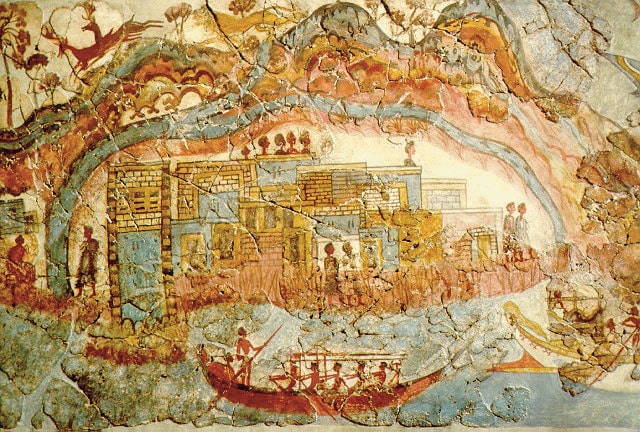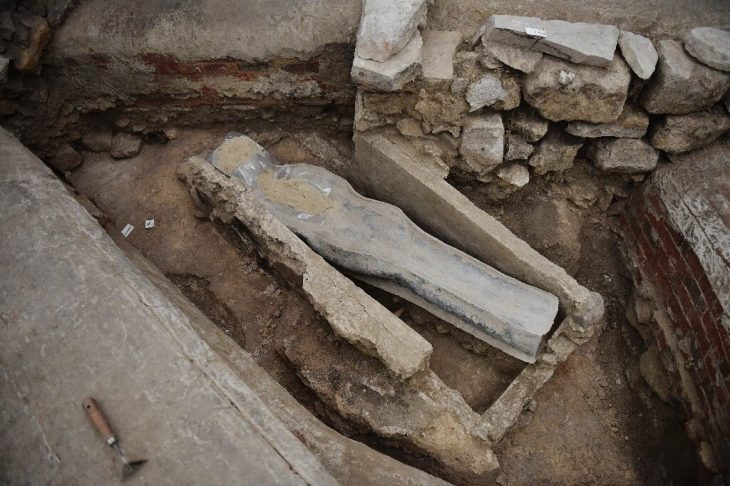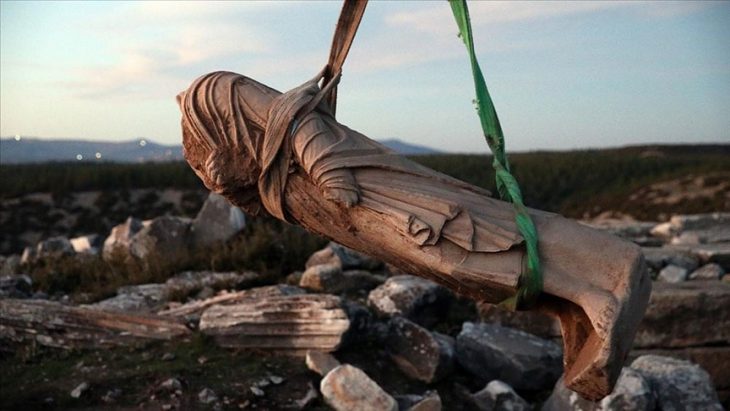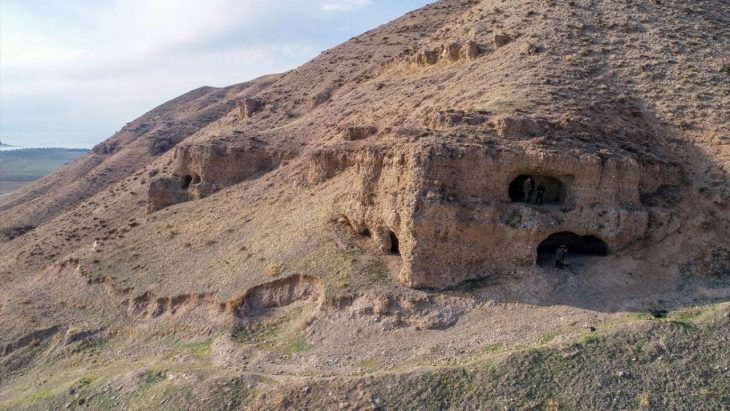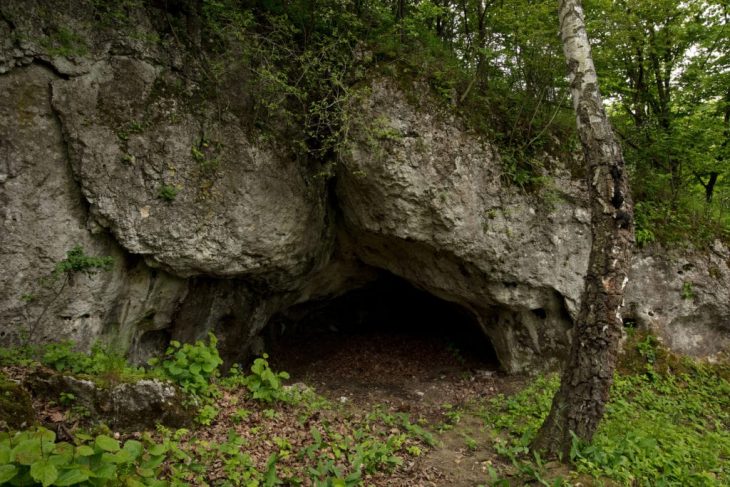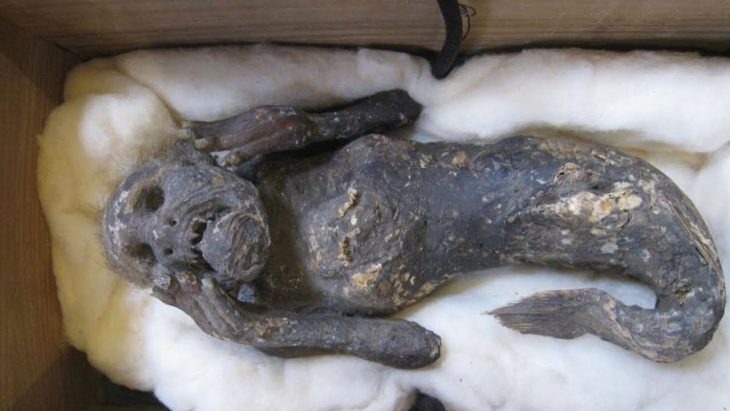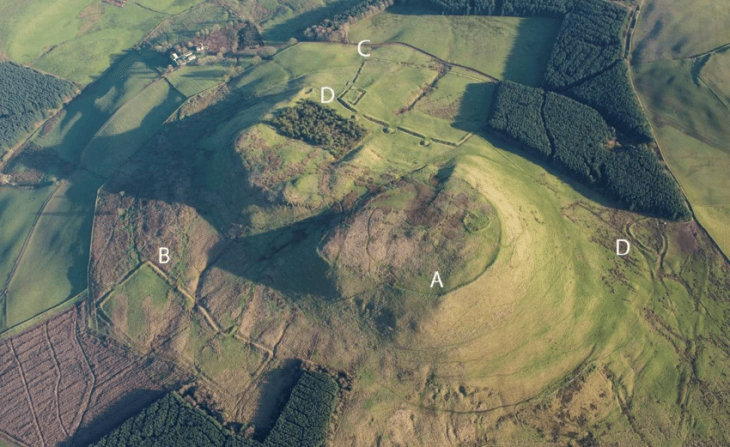A grain silo and two different seal impressions, one of which is a double-headed eagle, were found during the excavation of Üçhöyük in the Bolvadin district of Afyonkarahisar in western Türkiye, which is being carried out to find the lost Hittite city of Purushanda.
This discovery sheds light on the mysteries of ancient Anatolia and at the same time demonstrates the power, status, and position of the Üçhöyük settlement as a major city in Anatolia in 1600-1700 BC.
Purushanda was an Anatolian kingdom. Purushanda was founded in the late 19th century BC, engaging in substantial trade with Mari. Purushanda was a major seat of power in the region with a “great king” before the Hittites conquered the region between 1650 and 1556 BC.
The studies at Üçhöyük, which are carried out under the scientific supervision of Professor Özdemir Koçak from the Department of History at Selçuk University, have been continuing since 2020 with a large scientific committee. In addition to 48 academics from Turkish universities, archaeologists Professor Satoshi Urano, Professor Yukinori Fukatsu, and Professor Naoto Koiwa from Rikkyo and Hirosaki universities in Japan are also participating in the excavation.
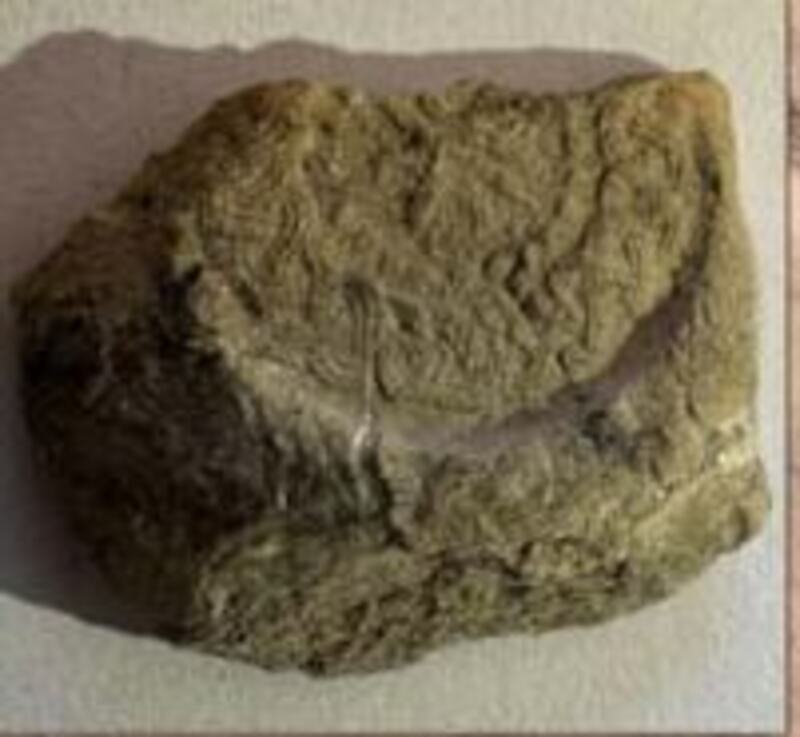
This year’s excavations, carried out in collaboration with Turkish and Japanese scientists, yielded a grain silo with most of its pithos (storage jar) destroyed and two different seal stamps, one of which is a double-headed eagle.
Prof. Dr. Koçak said that they encountered beautiful finds during the excavations in the area of Üçhöyük called Kuzeytepe.
‘We encountered large jars here. For the first time, we found evidence of agriculture and production. The finds reinforced our belief that this area was a public place. We had finds related to production in previous years. Perhaps we will find other areas related to production. This silo is a large pit dug into the soil. It is about 5-6 metres long and 3-4 metres wide.’
Koçak mentioned that the Üçhöyük excavation site dates back to the Bronze Age, and is one of the largest settlements in Anatolia and the Eastern Mediterranean.
Koçak stated that the silo, seals and stamp seal impressions found during the excavation prove that Üçhöyük settlement was an administrative centre.
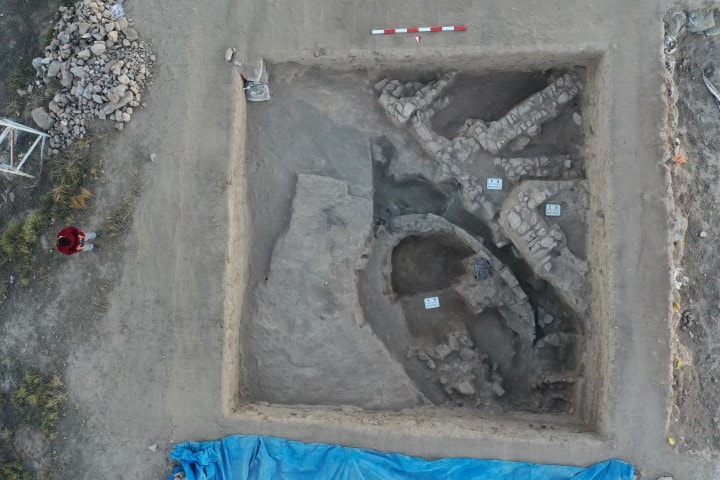
Pointing out that the seals, cylinder, and stamped ceramic sherds are the special finds of the excavation, Koçak said, ‘These finds show the power, status, and position of Üçhöyük settlement. It shows that it was a big city in Anatolia in the 1600-1700s BC. The stamp seal impression sample we found was used around the pithos or in its closure. This is an interesting example. It has a double-headed eagle motif on it. We also found cylinder seal impressions and other materials.’
Prof. Dr. Koçak stated that researchers are tackling the possibility that this settlement is the same city mentioned in Akkadian documents around 2350 BC, called Purushanda.
“These documents describe how King Sargon of Akkad raided the city of Purushanda at the request of a merchant, how he captured the city, and had depictions of himself and the king of Purushanda drawn on the city walls. Our aim is to prove that the city mentioned in these documents is Üçhöyük. This city was an important marketplace for Anatolia around 2000 BC. We have found seals dating back to 2300 BC in our excavations. All the descriptions and documents we have indicate that this place is Purushanda,” he explained.
Cover Image Credit: AA



